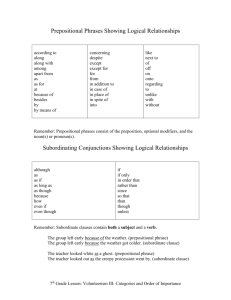In Class Exercise #1
advertisement
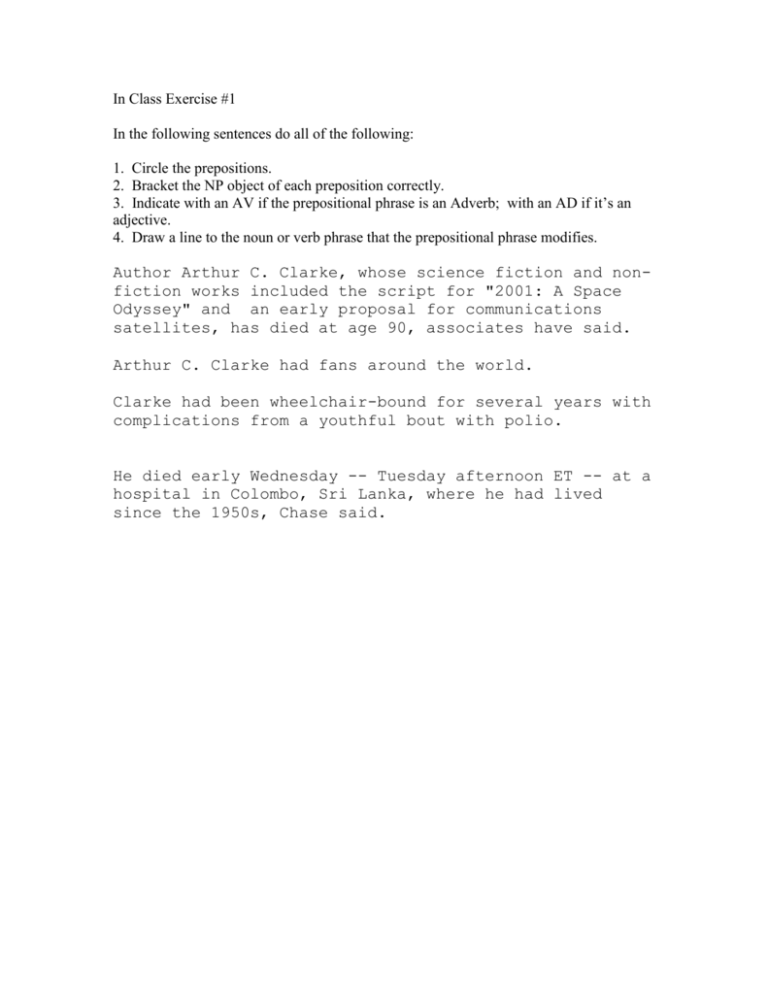
In Class Exercise #1 In the following sentences do all of the following: 1. Circle the prepositions. 2. Bracket the NP object of each preposition correctly. 3. Indicate with an AV if the prepositional phrase is an Adverb; with an AD if it’s an adjective. 4. Draw a line to the noun or verb phrase that the prepositional phrase modifies. Author Arthur C. Clarke, whose science fiction and nonfiction works included the script for "2001: A Space Odyssey" and an early proposal for communications satellites, has died at age 90, associates have said. Arthur C. Clarke had fans around the world. Clarke had been wheelchair-bound for several years with complications from a youthful bout with polio. He died early Wednesday -- Tuesday afternoon ET -- at a hospital in Colombo, Sri Lanka, where he had lived since the 1950s, Chase said. Prepositions that serve as adjective and verb complements A complement is a preposition that is automatically triggered (in the minds of native speakers) by the use of certain adjectives or verbs. Example: She relied on an asthma inhaler. She depended on the machine. Her doctor was insistent on this medicine. Notice: you generally can’t “move” this complement around the sentence the way you could many ordinary adverbials formed from prepositional phrases. Compare: She danced along the line of admirers. Along the line of admirers, she danced. WEIRD SOUNDING: I depended on my asthma inhaler. On my asthma inhaler, I depended. Phrasal Verbs Phrasal verbs are a unique characteristic of English that are very hard for non-native speakers to learn. A phrasal verb is a fixed combination of a verb with a complement or with a particle (something that looks like a preposition), BUT the particle is NOT a preposition and it is different in many important ways. Let’s look at these two sentences: She looked up the word. She looked up the tree. The second sentence is clearly: NP (in this case the personal pronoun “SHE”) + intransitive verb phrase (looked) + prepositional phrase (up the tree). We can do certain things to “test” for this structure: 1. We can move “up the tree” around a bit: Up the tree she looked. 2. We cannot put the object of the preposition in front of the preposition meaningfully: BAD: She looked the tree up. 3. If we make “tree” a personal pronoun (it), the sentence is still okay: She looked up it. 4. We can make a WH question which is answered by “up the tree” and in doing so we can remove the whole prepositional phrase from the sentence: Where did she look? 5. In most cases, we cannot make this passive: BAD: The tree was looked up by her. 6. If the preposition occurs at the end of the sentence, the VERB, not the preposition gets major stress: The man LOOKED up. 7. We can add an adverb of manner between the verb and the preposition: She looked carefully up the tree. The first sentence is another beast entirely: NP (in this case the personal pronoun “SHE”) + transitive phrasal verb (looked up) + NP (object of transitive phrasal verb). We can do certain things to “test” for this particular structure. 1. We can’t move “up the word” around in the sentence : BAD: Up the word she looked. 2. We can replace “look up” with another single word: She researched the word. 3. We can put the object of the verb in front of the particle: She looked the word up. 4. If we replace the object with a personal pronoun, we HAVE to move it in front of the particle: She looked it up. It sounds weird to say: She looked up it. 5. We can make a WH question and in doing so, we can’t remove the “up” from the sentence: What did she look up? 6. We can’t move the particle in front of the WH word: BAD: Up what did she look? 7. We can make this passive: The word was looked up by her. 8. If the particle occurs at the end of the sentence, the PARTICLE, not the verb gets the stress. The word was looked UP. 9. We can’t add an adverb of manner between the verb and the particle. BAD: She looked carefully up the word.
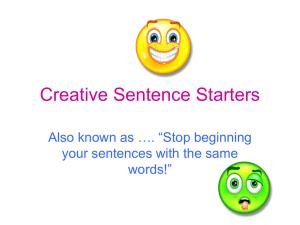
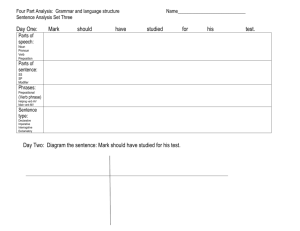
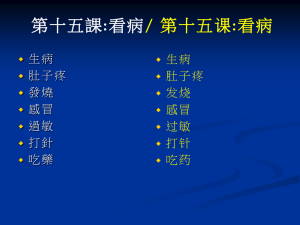
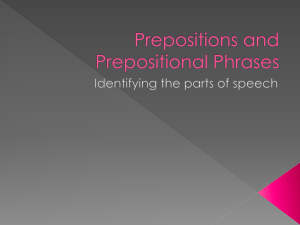



![succeed in ([doing] something)](http://s3.studylib.net/store/data/007092191_1-44cde08e787284f3fdfa01713016d562-300x300.png)
